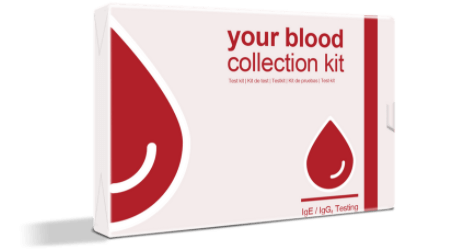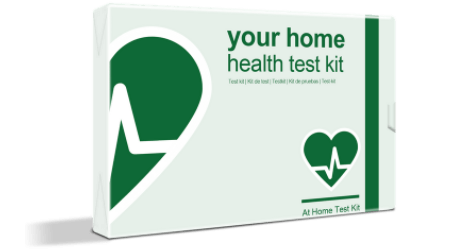One of the most common intolerances out there is lactose intolerance. It can range in severity, and it will impact both kids and adults. With this being so common, it only makes sense that it be the first thought when you start having issues with dairy products in your diet. However, it could be possible that you are dealing with a dairy allergy instead. This, like any food allergy, can be a serious lifelong condition that should be monitored closely. A key component to that is going to be in getting a dairy allergy test.
The role of a dairy allergy test
While they may be often confused with each other, lactose intolerance and a dairy allergy will test very differently. An intolerance focuses on how a food ingredient interacts with digestive enzymes.
This test will tell you how well your body can digest lactose or dairy products. With a dairy test, however, this focus on the part of your immune system that will attack invaders and create an inflammation reaction to do so. A dairy allergy test is watching for a different kind of reaction than a lactose intolerance test.
Dairy allergy symptoms
You’ll find that these symptoms are going to show up in seconds to minutes after eating a dairy product in any amount. Common symptoms (ranging in severity) include:
- Extreme stomach upset: Feeling like your stomach suddenly has a rabid squirrel running around in it and threatening to make you extremely nauseous could be a helpful description. This upset would be severe and seemingly out of nowhere.
- Swelling lips or throat: If you notice any amount of tightening or swelling in the lips, mouth or throat, this is a sign of an allergy.
Since an allergy is an inflammation reaction, it can result in swelling close to the area where the allergen is. - Wheezing and/or difficulty breathing: Feeling as though you are struggling to get a deep breath in, or that it makes a strange wheezing noise when you do, this is another indicator of an allergy.
Sometimes the lungs and the bronchial tubes can swell up as well.
Lactose intolerance symptoms
When it comes to lactose intolerance, you’ll feel these symptoms start about 30 minutes to several hours after eating. The severity will depend on how much you eat and how strong your intolerance is. You can expect issues with:
- Bloating and flatulence: If you look or feel like you are suddenly six months pregnant, it could be a bad case of stomach bloat, which is coming from the stomach backing up as it works to digest this problem food. You’ll also often feel gassier as your body struggles to break it down.
- Sore muscles and joints: Aching muscles or joints are also common since your body is pulling resources and energy from other points to help digest the food. This leaves the rest of you feeling ragged.
- Fatigue and feeling sick: It’s also common to feel as though you are coming down with the flu or cold and suddenly exhausted. This is also due to the body pulling resources from everywhere it can to help process the food through.
A dairy allergy and lactose intolerance are unique conditions that are tested differently, and often feel different in the body. If you aren’t sure which you’re dealing with, a dairy allergy test is your best bet!



